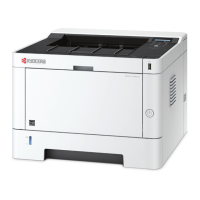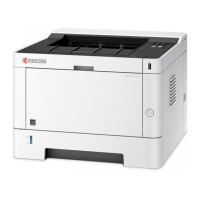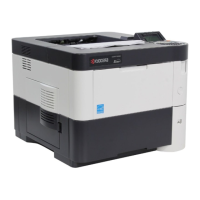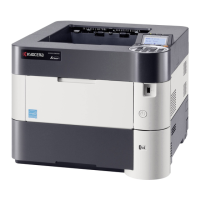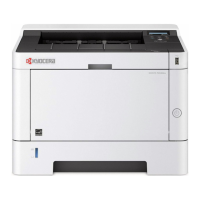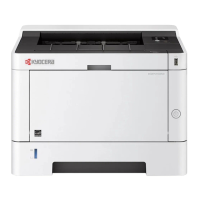3S3
1-1-4
(4) Envelopes and postcards
When selecting envelopes and postcards, use the guidelines given below.
(4-1) Envelopes
An envelope is a more complex objects than a single sheet of paper. For this reason, it may not be possible to obtain con-
sistent printing quality over the entire envelope surface. Use the following guidelines to select the proper envelopes.
Envelopes should have the basis weight of 70 to 100g/m
2
(0.16 to 0.22 lb./ream) and up to 4 plies of the paper that is
used to construct the paper including all flaps and overlaps.
Envelopes should have sharply-creased folds and accurately joined corner edges.
Envelopes should have a smooth, uncoated surface. Envelopes that are too smooth, however, can give an adverse
effect to the drum and fuser units inside the printer.
Envelopes should have a straight grain orientation.
Envelopes should have a pulp content of al least 80%, and should have a moisture content of 4 to 6%.
Figure below shows some typical envelope types:
This is the type of envelope best recommended
for use with the bulk paper feeder.
Although this type of envelope generally feeds
normally, they are somewhat prone to jamming
than above.
This type of envelope performs reliably, pro-
vided that envelopes are loaded so that the bot-
tom (sealed end) feeds into the printer first.
Avoid using this type of envelope made of dou-
ble-ply paper.
Figure 1-1-1Types of envelopes
Before printing on envelopes of any type, test printing performance. Avoid using any of the following kinds of envelopes
even if the envelope meets the requirements above.
Envelopes that have exposed adhesive surface, or having a peel-off sealing string for adhesive surface. (Peeled-off
sealing string inside the printer can cause a serious problem.)
Envelopes with metal fasteners or tie strings.
Envelopes with transparent windows, holes, perforations, or cutouts.
Envelopes made using paper, pigment, adhesive, or other material that will degenerate or release hazardous gases
when subjected to the heat that is generated in the printer.
Envelopes that is bent, dirty, or redundant of paper dust.

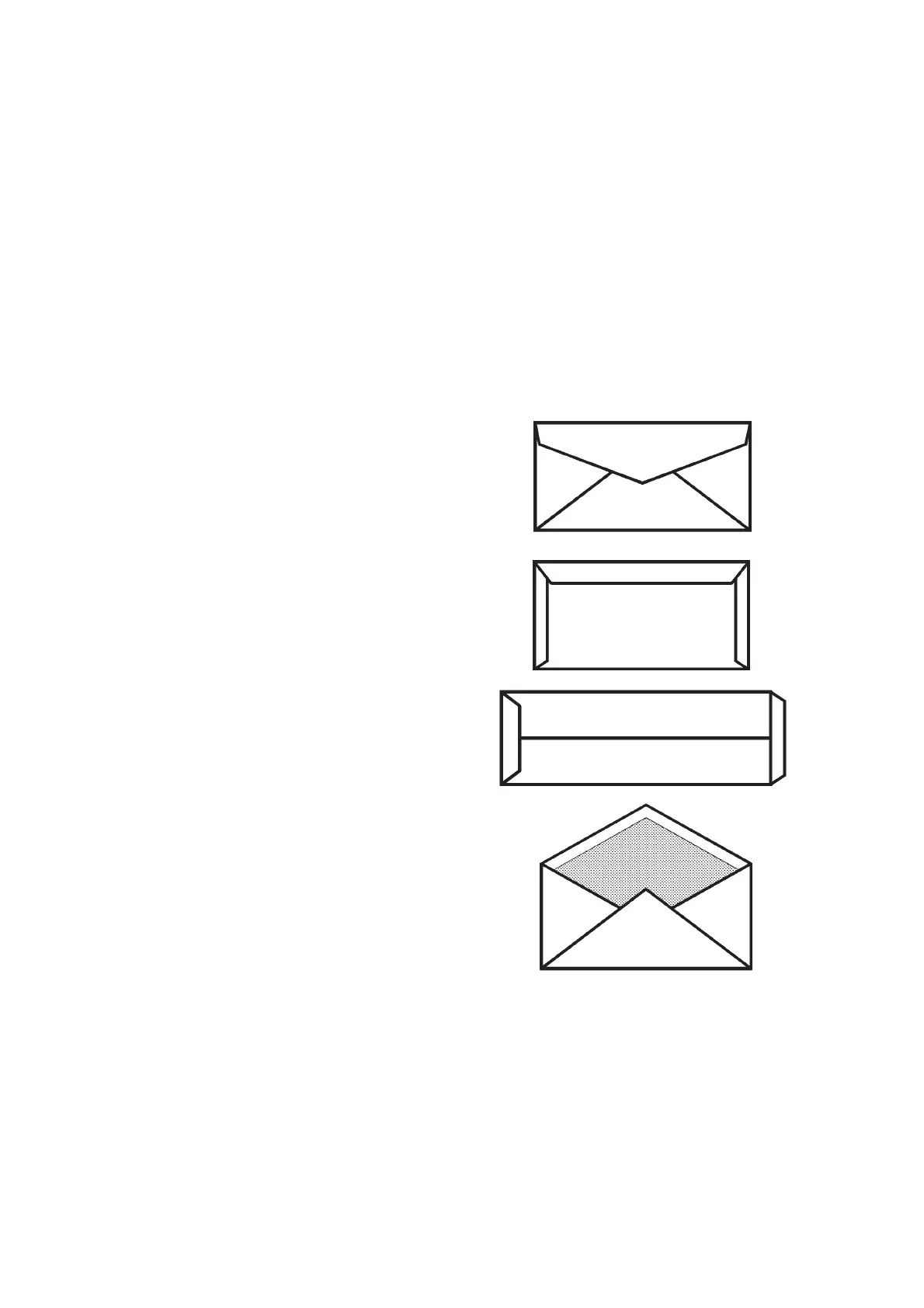